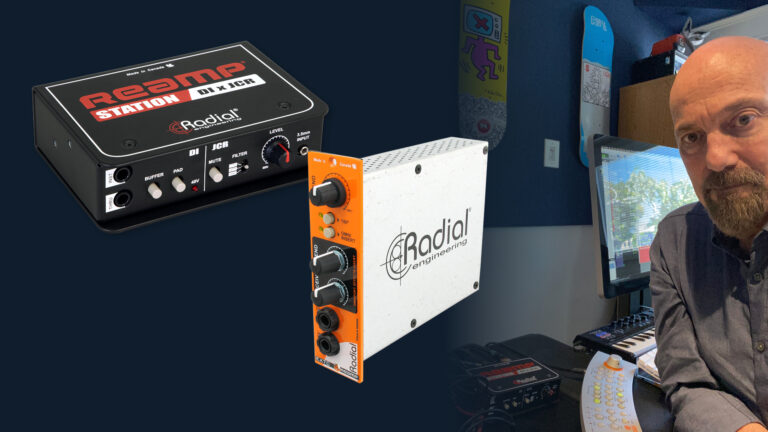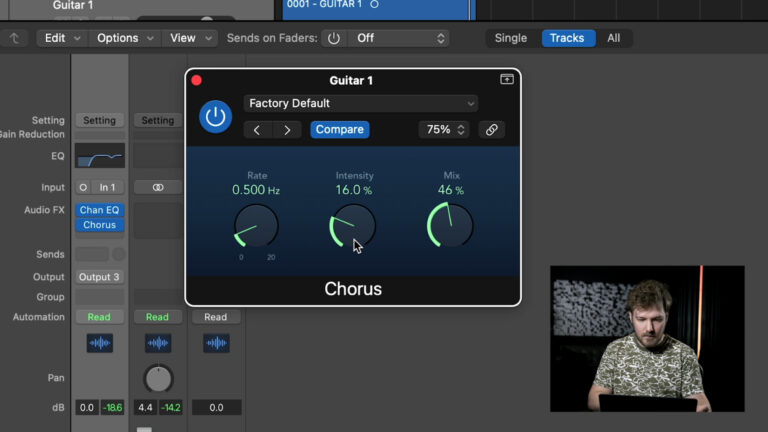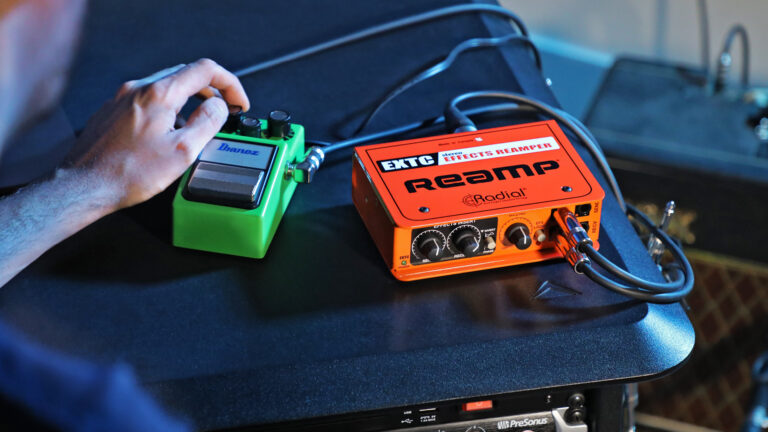A question for Health Club owners and managers: What state is your health club Bluetooth audio setup in? Is it enhancing the experience of members and trainers who take part in group classes? Or is it a source of constant frustration and disruption?
A faulty or unreliable Bluetooth transmitter can lead to ongoing connectivity glitches. As a result, portable music devices used for streaming music during class can’t be used.
Bluetooth audio glitches can lead to late-starting classes and unhappy members. Or worst case, canceled classes due to no music playback.
Here’s a scenario that happens all too often. Five minutes before class, your fitness instructor can’t get the audio mixer to play music. It worked yesterday, but it seems someone has changed the settings and cables.
The result? A class full of unhappy members, as well as embarrassed staff and fitness trainers. And a potential reason for both to look for a different health club to join or work for.
Resolving Bluetooth audio health club issues doesn’t have to be frustrating. Here are 5 basic steps to achieving reliable Health Club Bluetooth audio.
Step 1: Ensure Rock Solid Bluetooth Reception

Like other technologies, Bluetooth has evolved and improved over the years. These improvements include greater reliability and longer-range connectivity.
But not all Bluetooth transmitters and devices have kept up with technology advancements. Many Bluetooth transmitters still use Bluetooth version 2.0, introduced 16 years ago.
Look for a Bluetooth transmitter using Bluetooth 5.0, the latest version. These devices have strong signals that can pass through structural objects and walls. The result is a Bluetooth transmitter that can connect with devices up to 100 feet away. Even through walls and other structural barriers.
Step 2: Make it Easy to Set Up and Operate Bluetooth Devices
For a fitness room, audio setup needs should be basic, and the simpler, the better. You need minimal inputs, two or three at most.
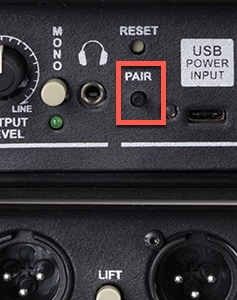
Most fitness rooms shuffle instructors in and out all day long. Each with different audio playback devices and needs (iPhones, iPads, etc). So your Bluetooth transmitter should have a simple, easy to access Press and Hold pair button. This single button will disconnect the previous device and
re-connect the new device.
An LED on/off light indicating Bluetooth connection should also be on the unit near the Push button. This way, an incoming fitness class instructor hits the single Push button and is ready to go. This connectivity process takes seconds, so no more late starts for classes!
Step 3: Use High Quality Audio Outputs for Optimal Audio Quality
High-quality audio outputs on a Bluetooth transmitter result in optimal music playback. Think of the old saying “garbage in, garbage out.” This goes for audio as well, particularly with regards to how good the speaker outputs and cables are.
Some Bluetooth transmitters use consumer-grade unbalanced outputs such as RCA or mini-plug outputs. An unbalanced output uses only two wires to send audio — a signal and a ground.
This design means unbalanced cables can pick up noise as audio is transmitted along the cable. This can lead to lower quality audio and interference during music playback. Unbalanced outputs on a Bluetooth transmitter typically pair with lower grade unbalanced cables. These lower grade cables tend to short out sooner, causing intermittent audio problems.
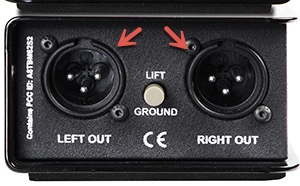
The best Bluetooth transmitters for health club audio provide professional-grade XLR balanced outputs. An XLR output provides balanced analog audio at both mic and line level. A balanced XLR design also uses a single ground wire.
But the balanced design features two incoming audio signal lines, positive and negative. This design cancels out any noise in the audio signal. The result is a cleaner, higher quality audio playback.
Step 4: Ensure Quick and Easy Pairing with All Bluetooth Devices
As mentioned earlier, Bluetooth, like any other technology, has improved over the years. The latest version, 5.0, is considered to be much more stable and reliable than previous versions.
That said, a transmitter should offer easy auto-connect via Bluetooth to audio sources. The best Bluetooth transmitters have a simple “Pair” push button for this. You press and hold the button for a few seconds. This disconnects the previous audio source (such as an iPhone), and re-connects to a new source.
How do you know the pairing has been successful? The Bluetooth transmitter should provide a Pair LED indicator that displays connection status.
Step 5: Use a Standard and Reliable Power Source for Bluetooth
Bluetooth transmitters need power to operate, so a reliable power connection is essential.
An unreliable power source will render even the most feature-laden Bluetooth transmitter unuseable. This especially goes for consumer-grade Bluetooth transmitters that use batteries for power. If the batteries go out during the middle of a fitness class, audio playback will drop out suddenly.
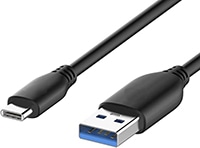
The most reliable and versatile power source is a plug-in connector such as a standard USB-C cable. This allows the Bluetooth transmitter to be powered from either a computer or a wall plug outlet.
A final note on the power source. Faulty power which can lead to in/off audio playback can damage expensive speakers. This damage happens when power goes off and spikes back on. The “on” spike causes a loud pop, which can blow out loudspeakers and cause hearing damage.
So keep the need for reliable power in mind when purchasing a Bluetooth transmitter. The cost of replacing damaged speakers due to power spikes is something you want to avoid!


